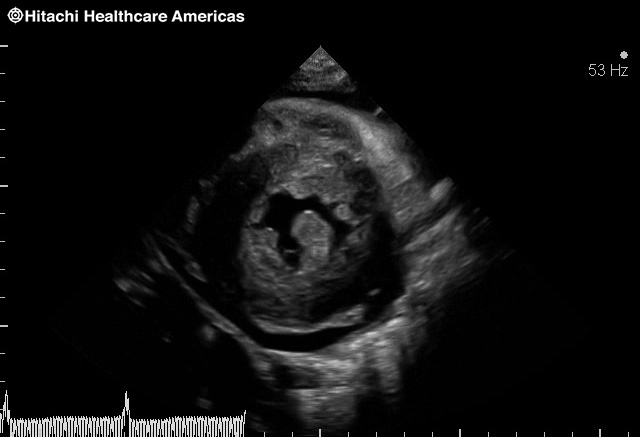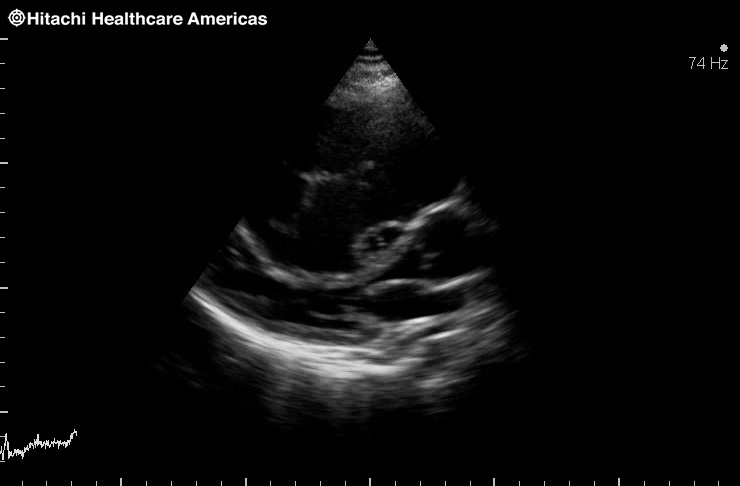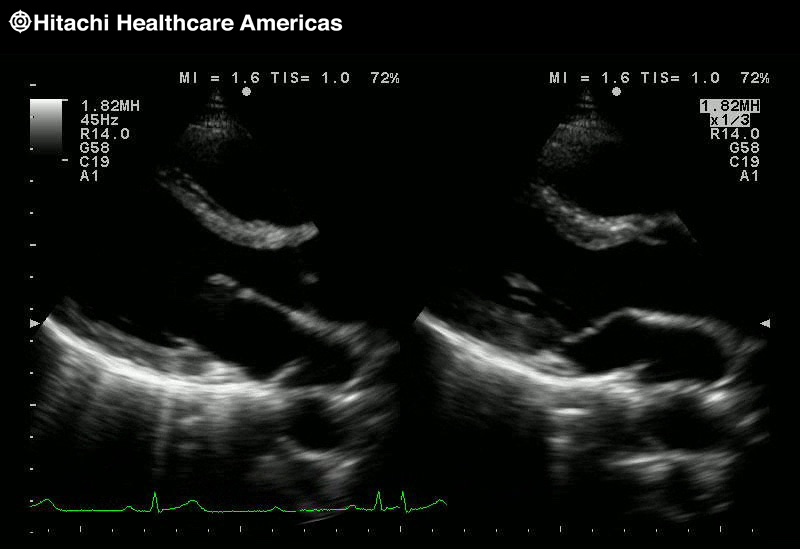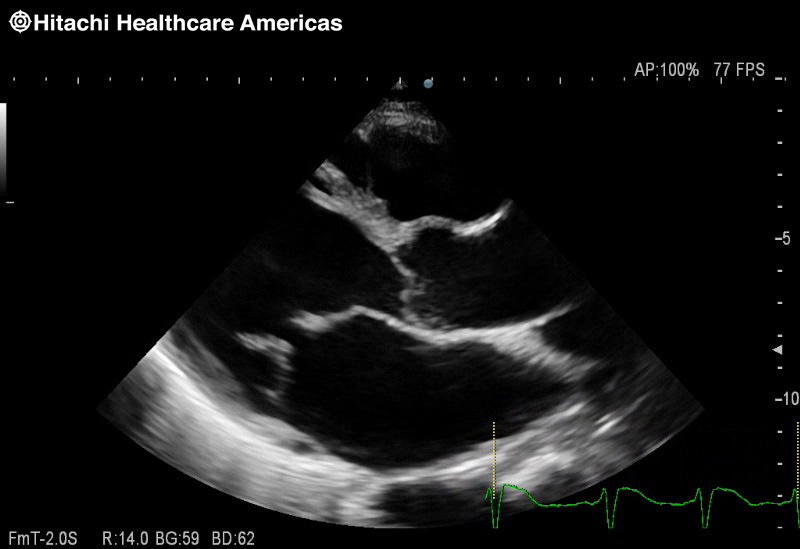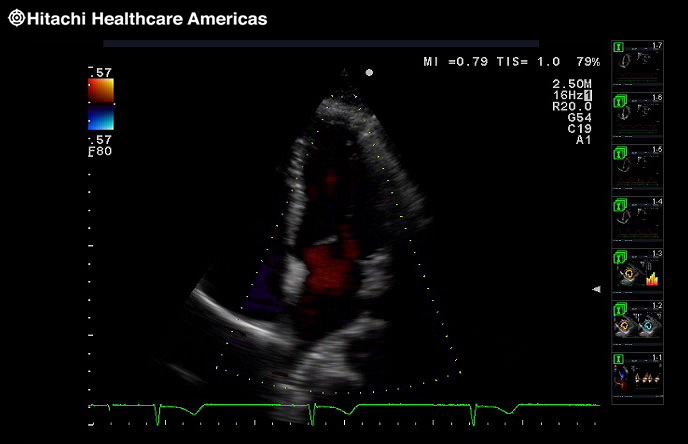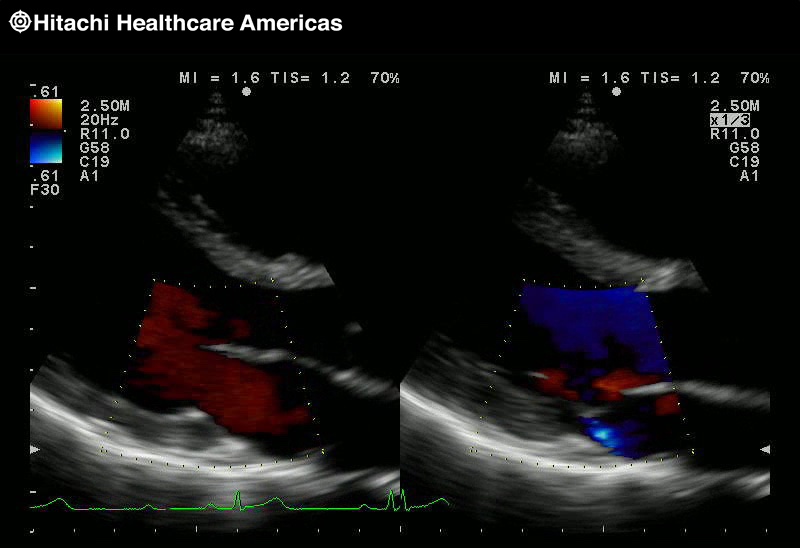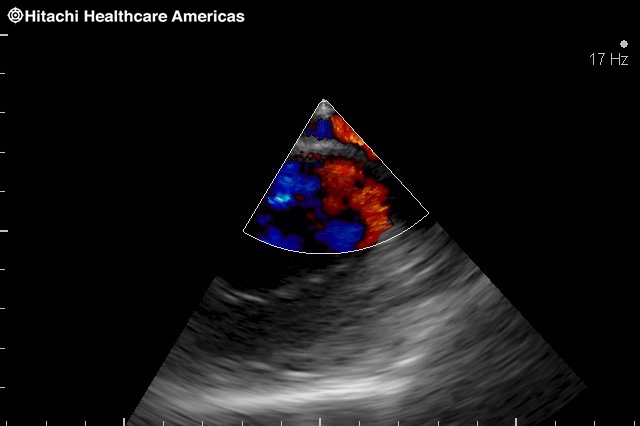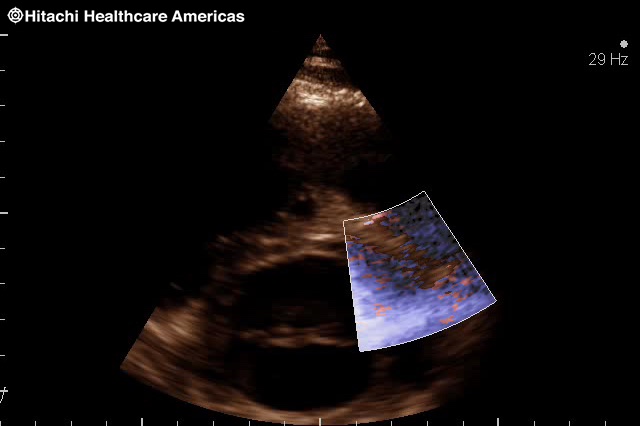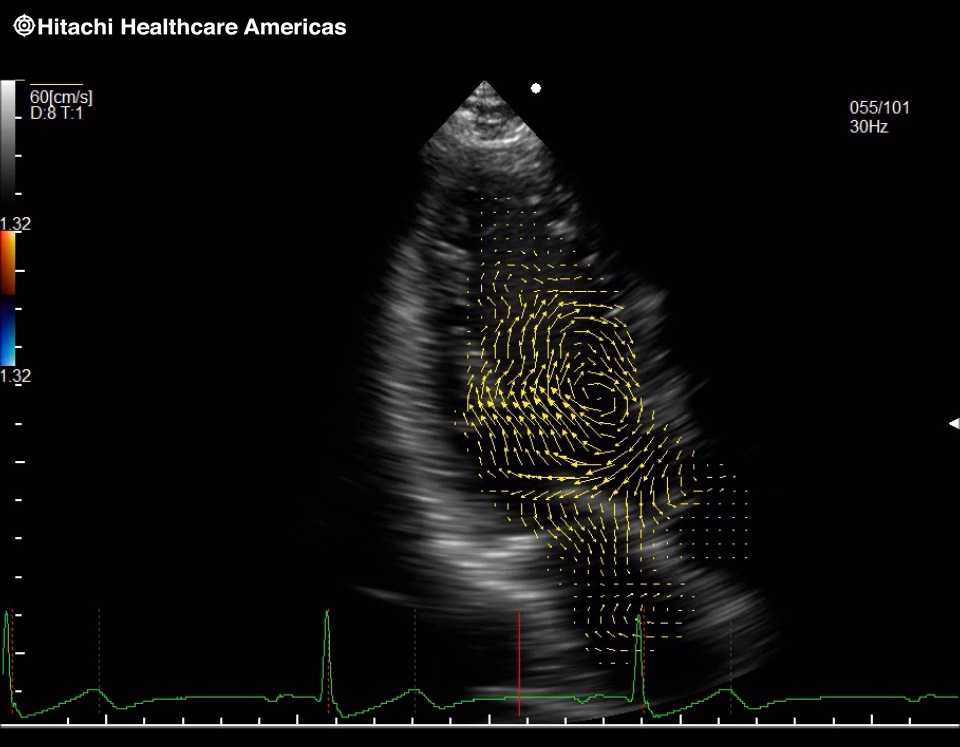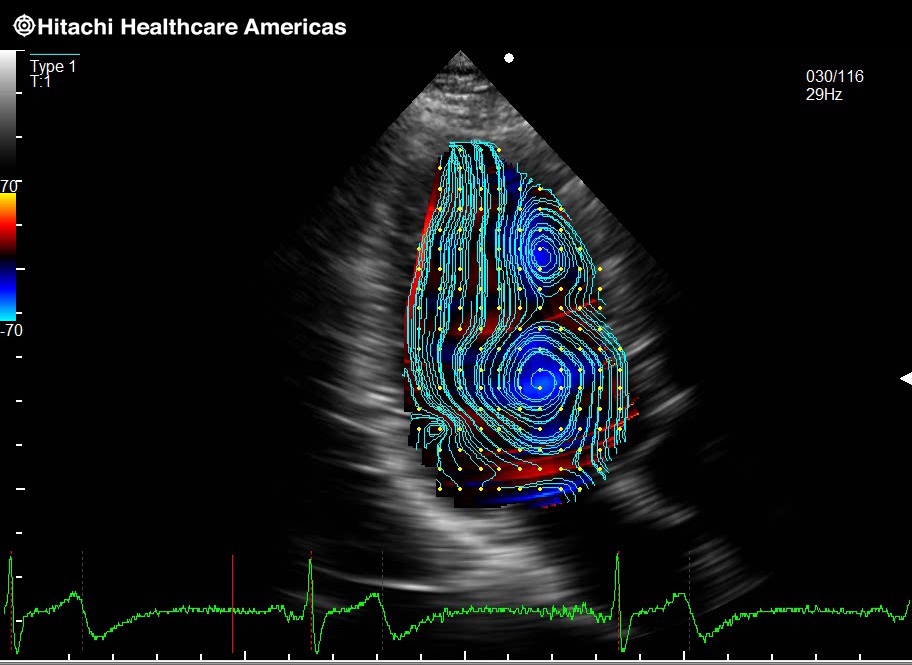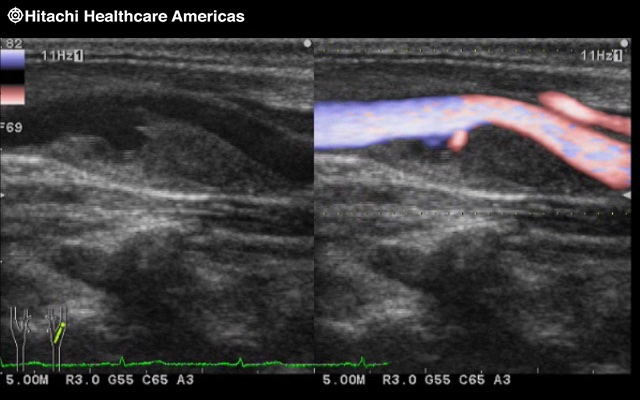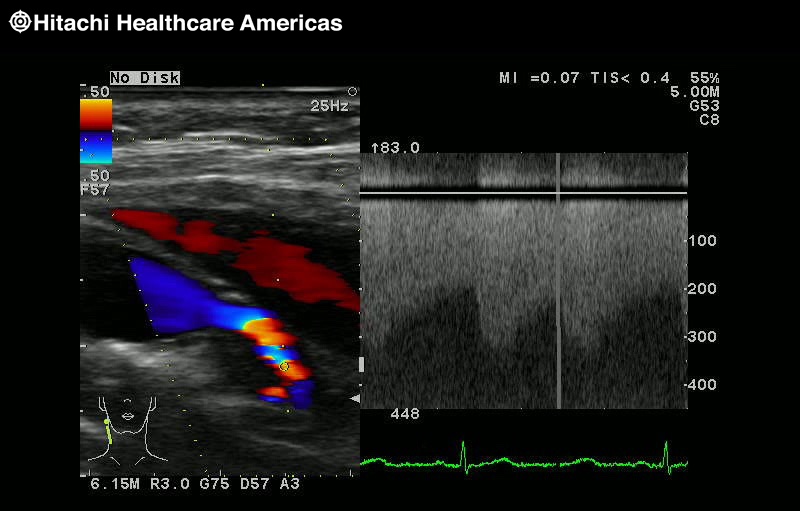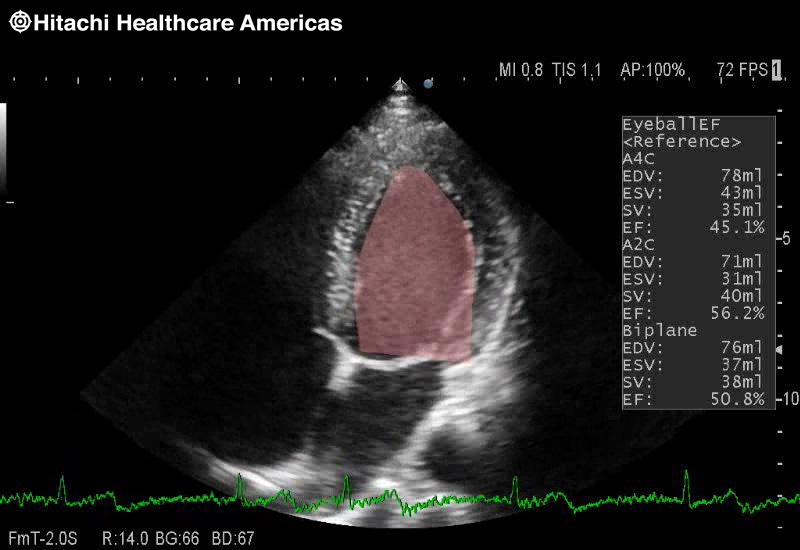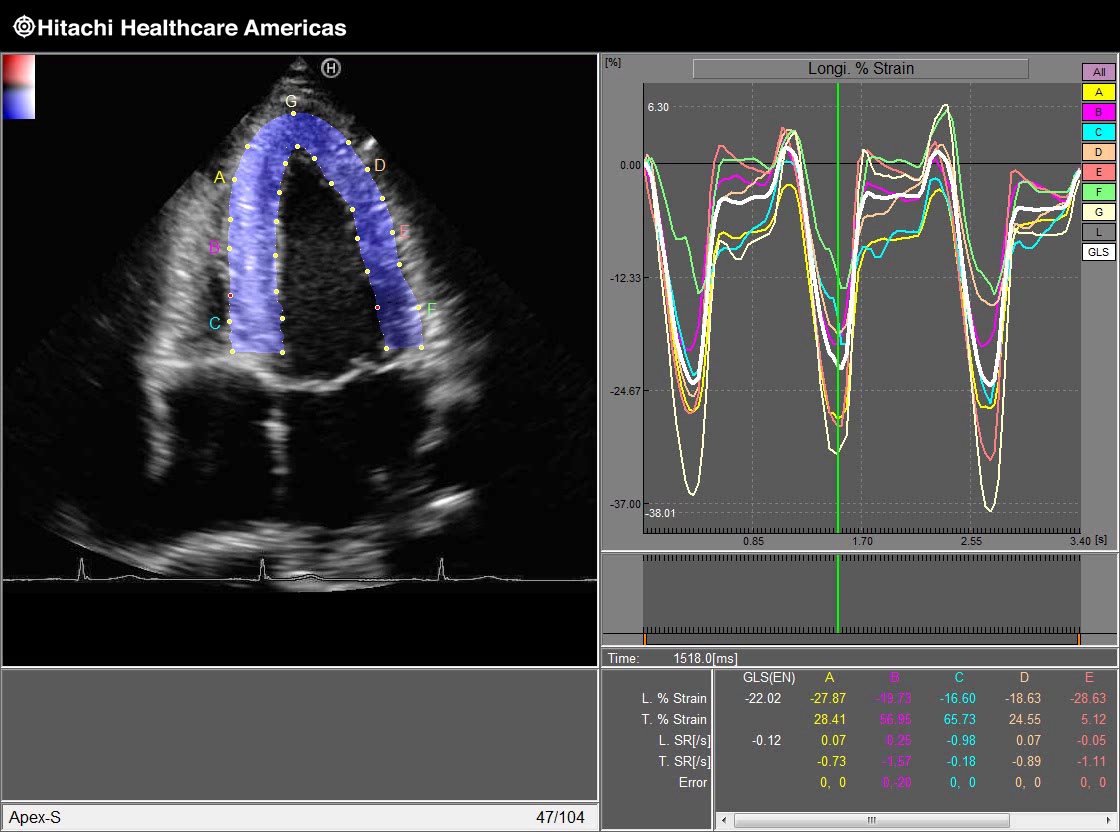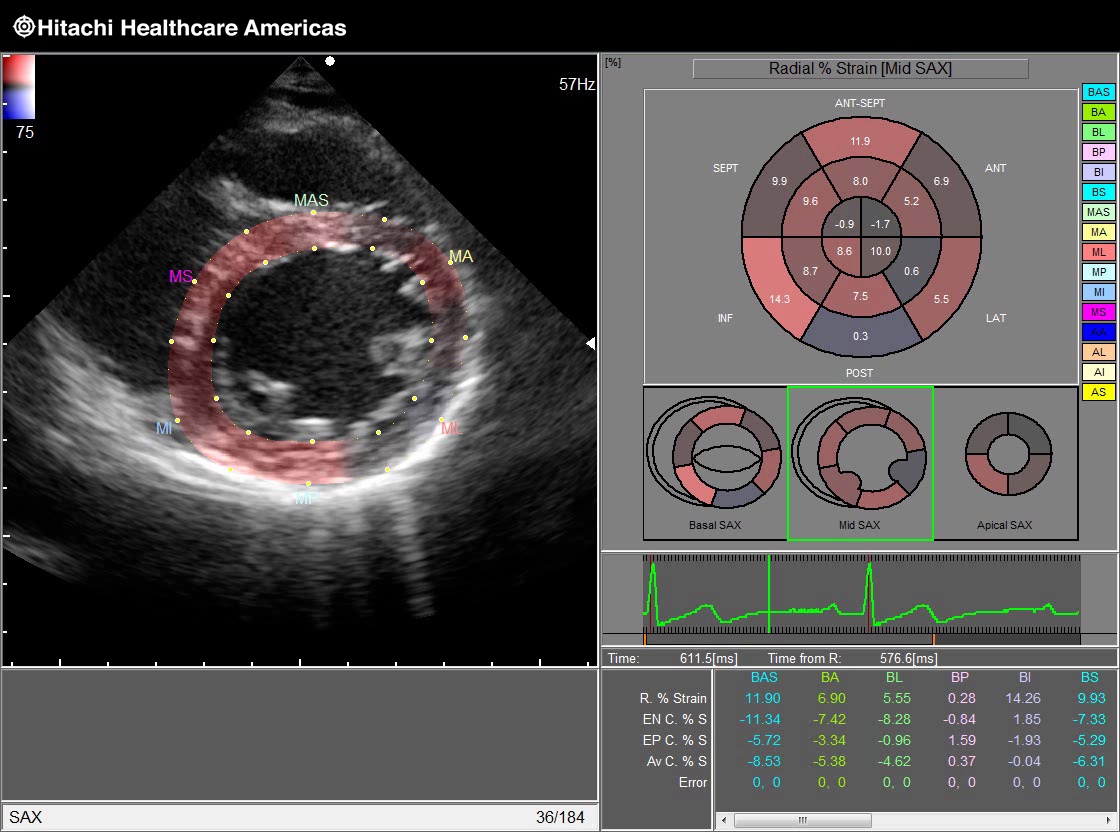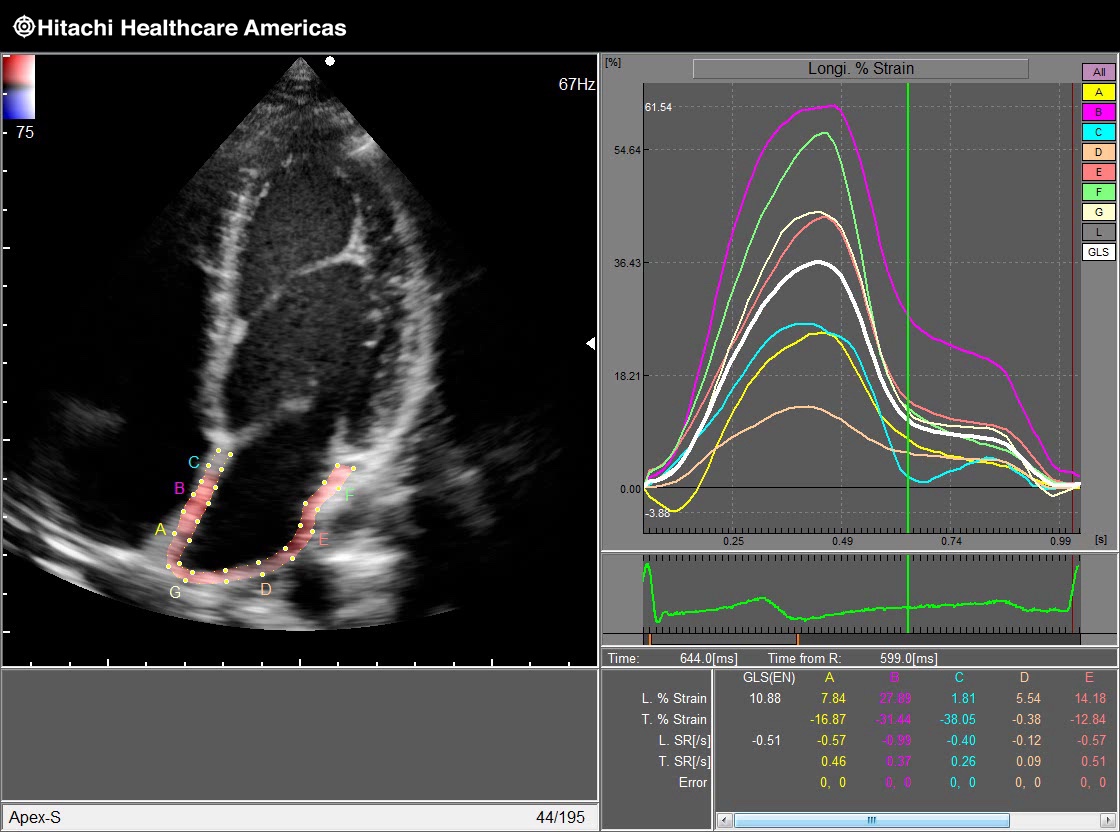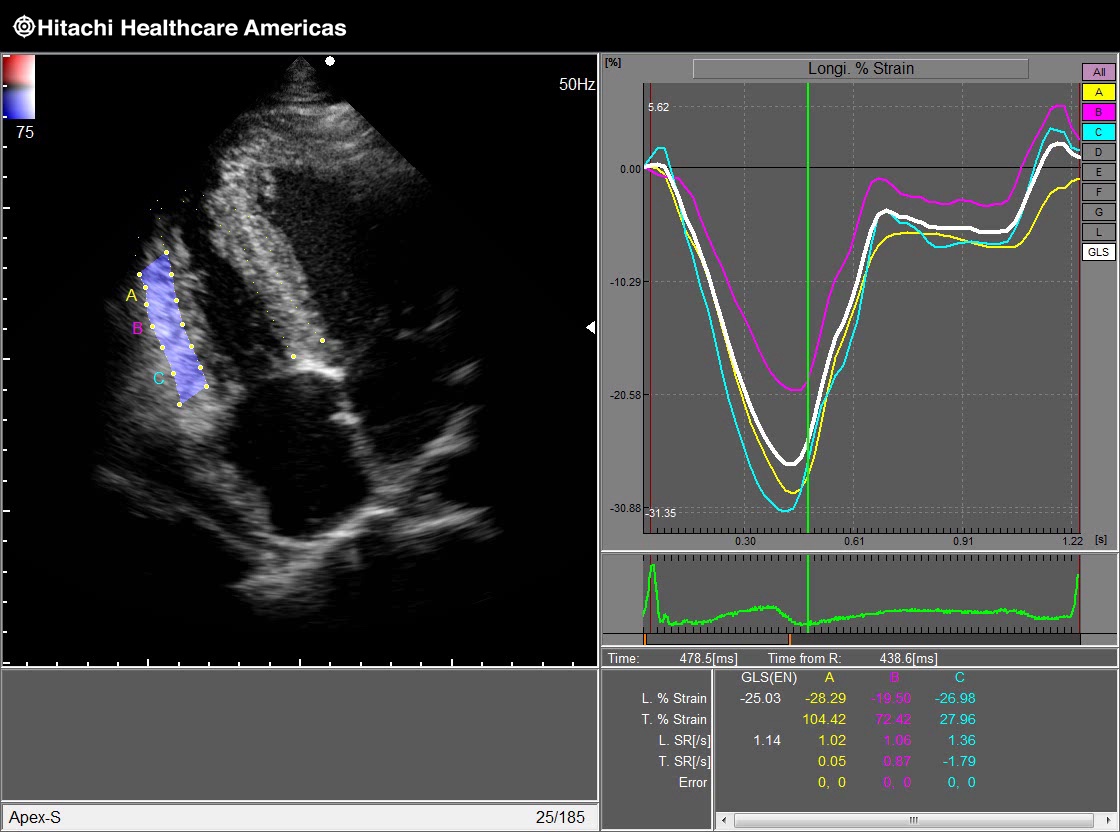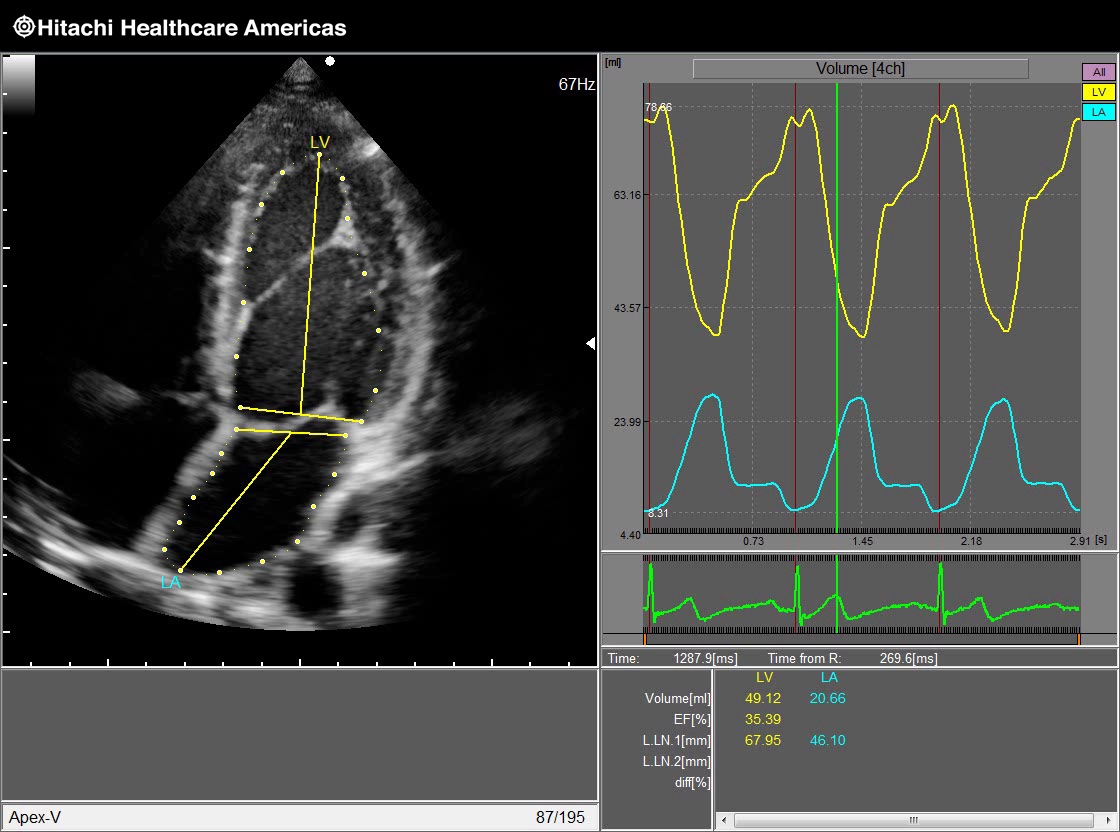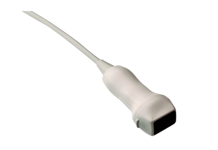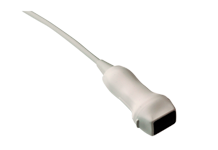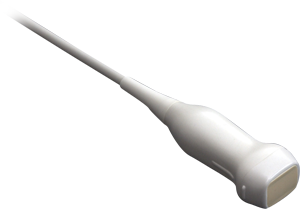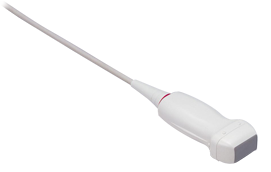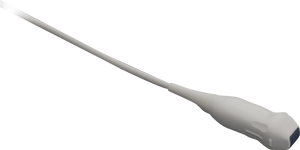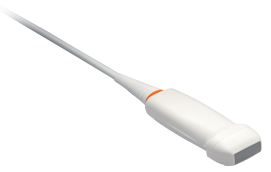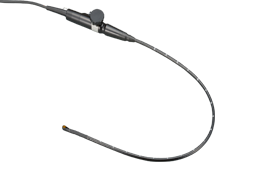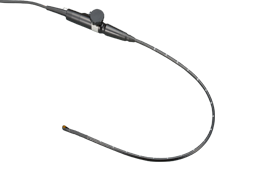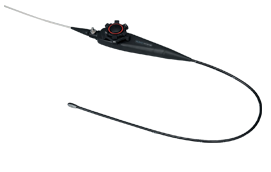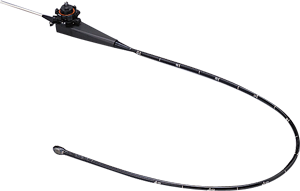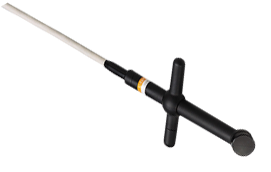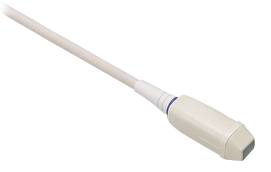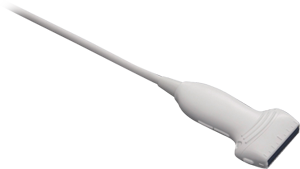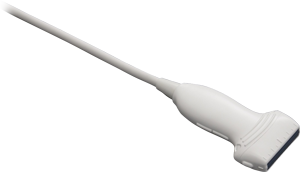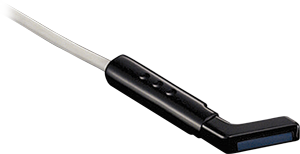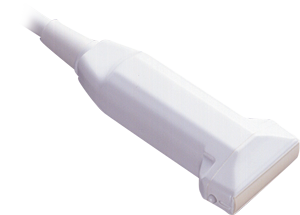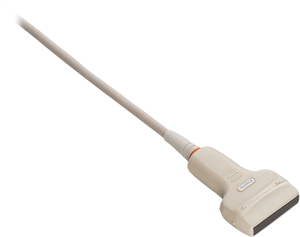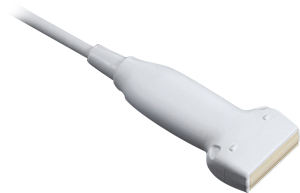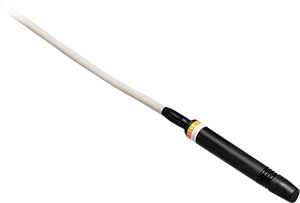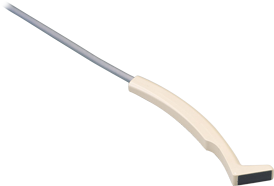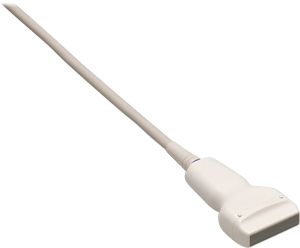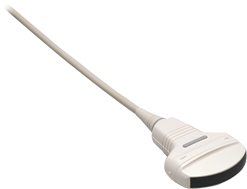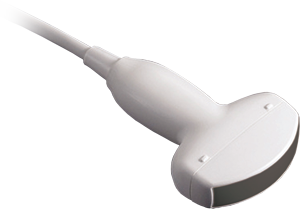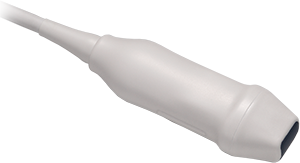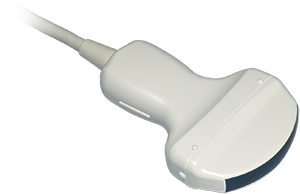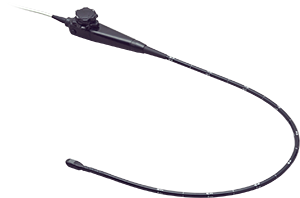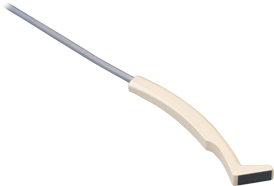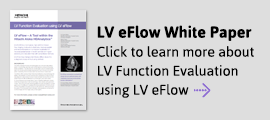ARIETTA 70 for Cardiovascular
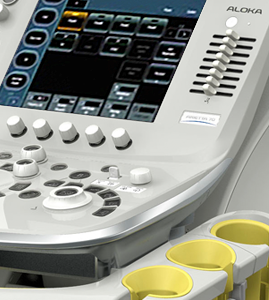
ARIETTA 70 Overview
Hitachi Healthcare pioneered ultrasound for use by cardiologists and we continue to lead the way with major innovations. Recognized for our outstanding image quality & Doppler performance, outstanding system reliability and advanced transducer technology, Hitachi Healthcare remains the standard in the field of ultrasound.
Hitachi Healthcare’s commitment and dedication to cardiology allows us to offer a wide range of consoles and specifically designed transducers to meet the needs of every cardiologist.
HDAnalytics™
Our advanced HemoDynamic Analytics (HDA) technologies provide a unique and comprehensive evaluation for your patient's cardiovascular health:
- Vector Flow Mapping (VFM) demonstrates flow dynamics in the heart and vessels in a whole new way.
- LV eFLOW is a non-invasive imaging feature that lets you see the endocardial border in the left ventricle with higher sensitivity and resolution than ever before.
- Dual Gate Doppler displays two separate sample gates allowing measurements from two different locations, during the same cardiac cycle.
- 2DTT Provides precise quantification of strain and strain rate to visualize, quantify and analyze regional and global myocardial mechanics using 2D speckle tracking.
- Eyeball EF calculates a Biplane EF from automatic traces on both apical 2 and 4 chamber images.
- eTracking provides multiple parameters necessary for early-stage detection of atherosclerosis.
- Wave Intensity is a new hemodynamic index that provides information about the dynamic behavior of the heart and the vascular system and their interactions.
Hitachi Healthcare’s cardiology systems provide:
- Extraordinary high-resolution digital imaging with single crystal transducers
- Speckle reduction and edge enhancement technologies providing clearly defined images
- Broadband harmonics offering significantly enhanced sensitivity and axial resolution
- Natural Ergonomics design for reduction of muscle loading while scanning
Cardiovascular Applications
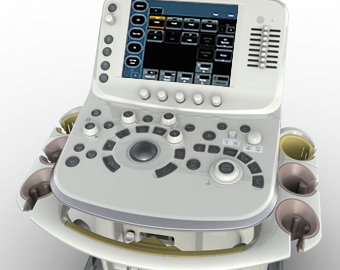
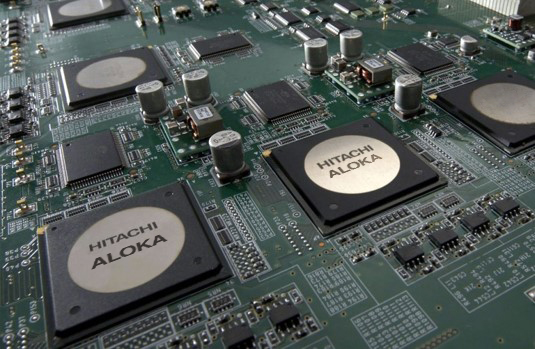
 Click image to enlarge
Click image to enlarge
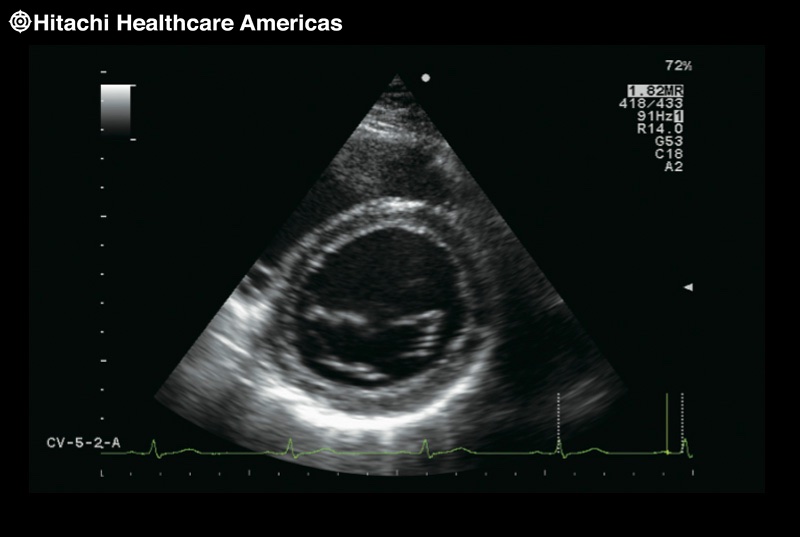 AIP OFF
AIP OFF
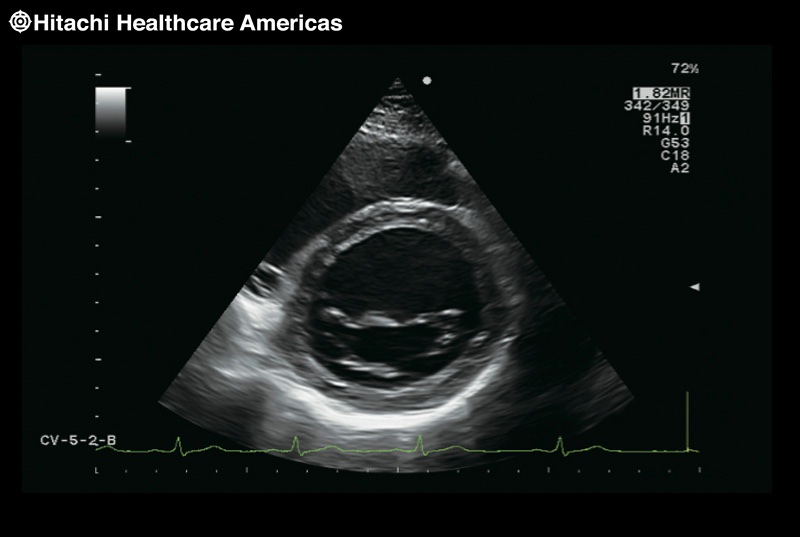 AIP ON
AIP ON
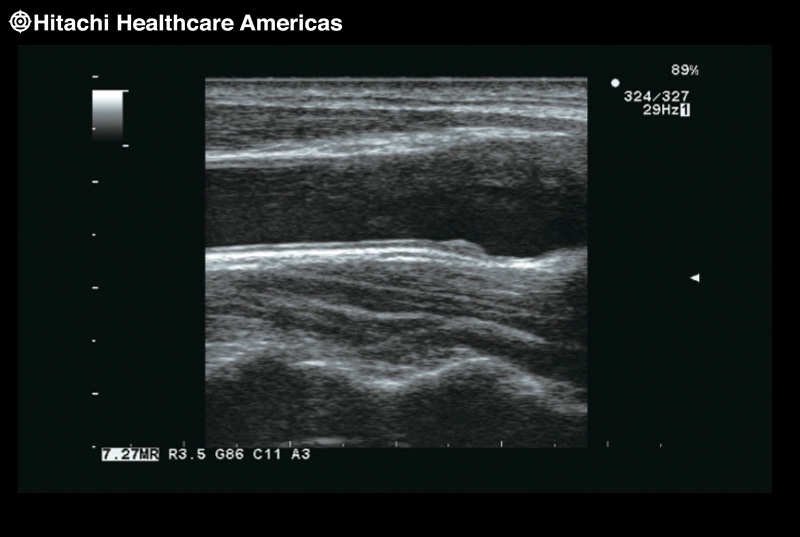 SCI OFF
SCI OFF
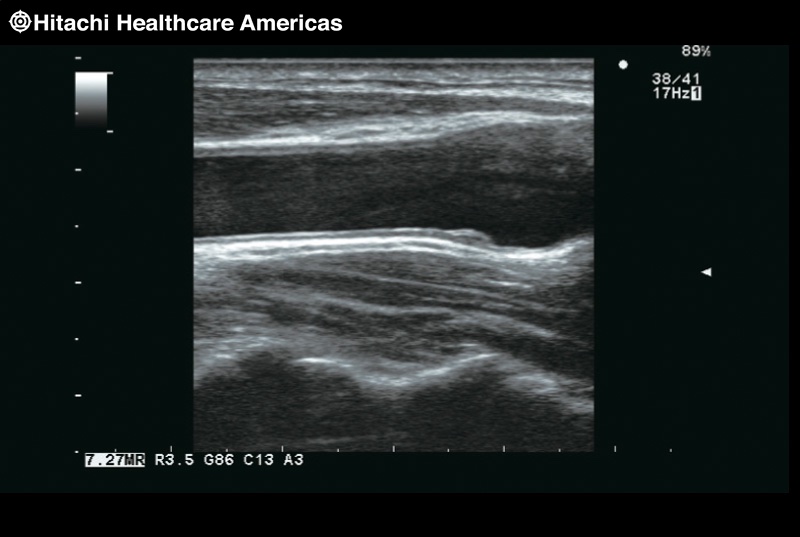 SCI ON
SCI ON
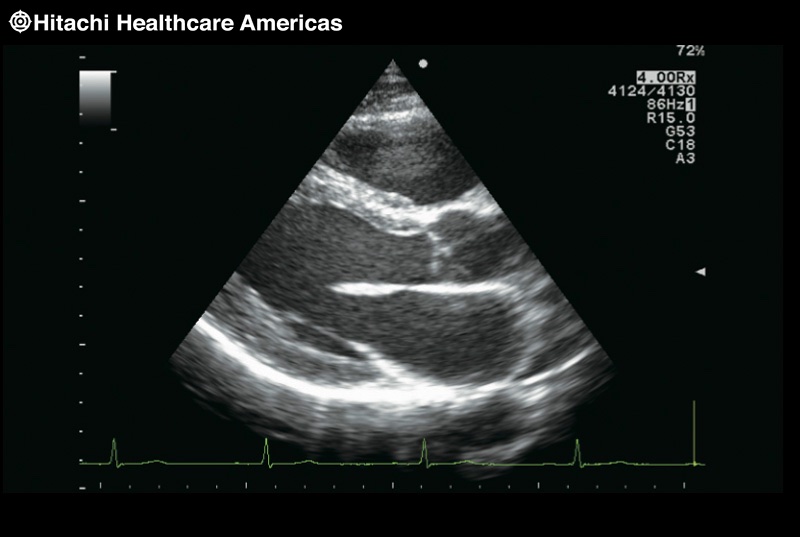 Image Optimizer OFF
Image Optimizer OFF
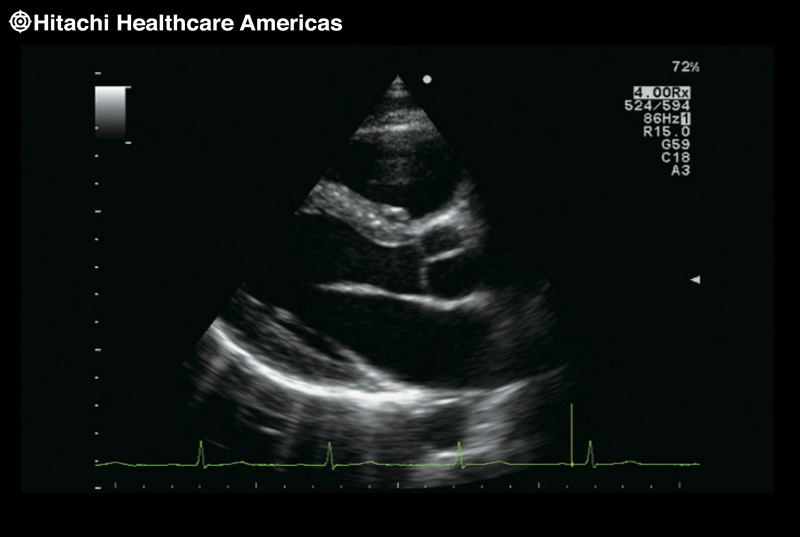 Image Optimizer ON
Image Optimizer ON


ARIETTA 70 Image Technology
Clear images and advanced functions are what you have come to expect from Hitachi Aloka. Our 60 years of experience and innovation continues with the ARIETTA 70 platform.
- Compound Pulse Wave Generator Plus (CPWG+) – The most advanced broadband beam-forming technology combined with high speed image processing that allows for higher definition ultrasound imaging than ever before.
- Symphonic Technology – Provides high quality imaging using an expanded range of harmonic signals. This technology results in excellent image resolution and sensitivity and improved penetration.
- HI REZ – Clearly displays differences in tissues, reducing speckle noise while maintaining the frame rate. It can also display outlines more clearly by selectively emphasizing boundaries.
- Compound Imaging – The ultrasound beam is transmitted and received in real time and in the multiple directions resulting in a reduction of speckle noise, suppression of artifacts, and improvement of contrast resolution allowing lesions to be clearly observed.
- Image Optimizer – At the touch of a button the B-mode image is instantly optimized to the user’s preference. This technology continually monitors the user’s typical settings to optimally adjust the image when pressed resulting in less manual adjustments and more efficient examinations.
- Single Crystal Probes – A single crystal is used to provide the piezoelectric elements of the probe. Single crystal technology achieves higher sensitivity and wider bandwidths over standard piezoceramics.
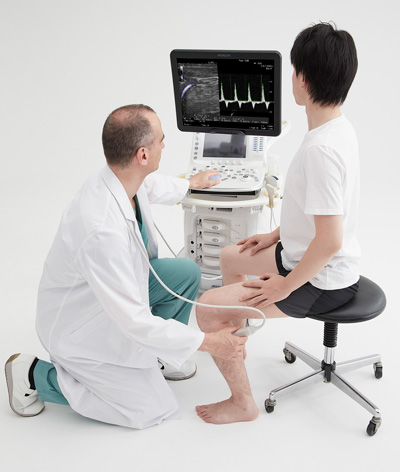
ARIETTA 70 Ergonomics
The importance of ergonomically designed ultrasound systems cannot be understated. We designed ARIETTA 70 to minimize repetitive stress while maximizing flexibility across your hospital, imaging center and private practice.
Lighter by 45%
We have achieved a weight reduction of 45% compared to our previous models. Combined with the adoption of large-sized casters, it makes the system very mobile.
User-friendly operation panel
Two-way multi rotary encoders enable the adjustment of many functions in one control, significantly reducing hand and arm movements. The large palm rest at the center of the operating console is designed to give optimum wrist support.
Adjustable panel height for your ease of use
The panel height can be lowered to 70 cm, allowing the operator to perform lower extremity examinations with a safe, comfortable reach to the operating console.
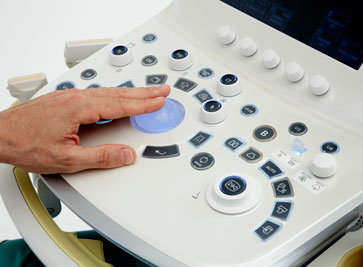
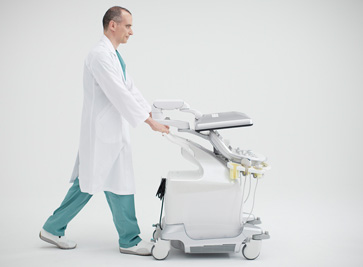
ARIETTA 70 Features
LV eFlow
LV eFLOW is a non-invasive imaging feature that lets you see the endocardial border in the left ventricle with higher sensitivity and resolution than ever before. This high-definition blood flow imaging mode drastically improves spatial and temporal resolution to discriminate blood flow from tissue, enabling endocardial border visualization with one button.
LV eFLOW offers non- directional and directional display. Directional display is useful for identifying endocardial blood flow direction, overcoming the problem of trade-off between high detectability of low velocity flows and aliasing.




click images to enlarge
Dual Gate Doppler
The Dual Gate Doppler generates a full FFT analysis and display from two separate sample gates allowing measurements from two different locations, during the same cardiac cycle. For example:
PW/PW:
- Measure isovolumetric contraction & relaxation time for the evaluation of heart failure patients
PW/TDI:
- E-wave, A-wave and e'- E/e', as a way of evaluating diastolic dysfunction
- Evaluation of atrial fibrillation patients
- R-R Navigation: arrhythmia evaluations
TDI/TDI:
- Useful in evaluation of dyssynchrony and cardiac resynchronization therapy


click images to enlarge
2D Tissue Tracking (2DTT) utilizing speckle technology
Provides precise quantification of strain and strain rate to visualize, quantify and analyze the regional and global myocardial mechanics using 2D speckle tracking.
The 2DTT provides precise quantitative measurements and information such as:
Global Longitudinal Strain/Strain Rate and Radial Strain/Strain Rate Twist angle, displacement, wall thickening and various other parameters to visualize, quantify and analyze the myocardial mechanics.
Strain/Strain Rate
Conventional cardiac function analysis is focused on diagnosis of global heart movement. By opposition, Strain quantifications aim is to analyse cardiac function more locally and sensitively by focusing attention on myocardium areas themselves. Read More >
 Strain |
 Strain Rate |
Free Angular M-mode (FAM)
FAM compares wall motion at multiple locations simultaneously. Three M-mode lines can be set at any position and angle for diagnostic evaluation of wall motion within the same heart cycle. FAM is available in real-time imaging and post imaging from a stored clip.

Stress Echo
With the Hitachi Healthcare Stress Echo you can perform complex Stress Echo examinations smoothly by pressing a single switch to acquire a series of images. The large capacity Cine Memory lets you capture moving images for approximately five continuous minutes in the standard display format.
Dynamic images stored during stress echo examination can be analysed. It is possible to shuffle images and reproduce multiple images simultaneously. The user can also score and make a report while comparing images taken before and after stressing.



Eyeball EF
Eyeball EF is an automated ejection fraction analysis tool that calculates a Biplane EF from automatic traces of endocardium on both apical 2 and 4 chamber images.
Eyeball EF provides real time Biplane ejection fraction and left ventricular volume based on a built in database of over 1000 multiple tracings.
Auto IMT
The relationship between the presence of Carotid atherosclerosis with increased CIMT and coronary arteries disease is now well established. Our Automated IMT Measurement is an easy and simple non invasive tool to quickly assess the evaluation of the cardiovascular risk, at an early stage.
It is possible to automatically extract the max and mean IMT by simply setting the ROI (region of interest) on a long-axis view of the vessel. Equipped with an exclusive report function, multiple measurement values for each part and time phase can be listed, making comparison easier. The displayed items include: max, min, average, SD, points (How many points are used for the result), Width of ROI and Histogram.
Anatomy
Hemodynamics
ARIETTA 70 Advanced Features
Vector Flow Mapping (VFM)
Vector Flow Mapping (VFM) evaluates flow dynamics in the heart and vessels in a whole new way. Evaluating pre and post-surgical ventricular and transvalvular blood flow, cardiomyopathies, along with LVAD compliance are just some of the ways VFM may help you access complicated hemodynamics and determine surgical strategies. Using our Arietta 70 ultrasound system and advanced VFM software, new parameters like Vorticity, Energy Loss, Circulation and Shear Wall Stress can be analyzed.
eTRACKING
Comprehensive analysis package supporting the assessment of Atherosclerosis
The severity of Cardiovascular disease is likely to be reduced if atherosclerosis is detected early and before morphologic changes such as plaque and wall thickening are visible in the arterial walls. Prevention and treatment of lifestyle-related diseases are increasingly important today, and so the role of the ultrasound diagnostic system is not only to observe the morphologic changes but also to perform functional assessment... Read More >
![]()
![]()
Wave Intensity
The new Index of Cardiovascular Circulation Dynamics
The heart and the arterial system constantly interact with each other through forward travelling waves and reflected waves. Wave Intensity (WI) is calculated as the product of the derivatives of the simultaneously recorded blood-pressure changes and blood-flow-velocity changes. Wave Intensity can be obtained at an arbitrary point in the circulatory system. Read More >



 Search
Search Global
Global










